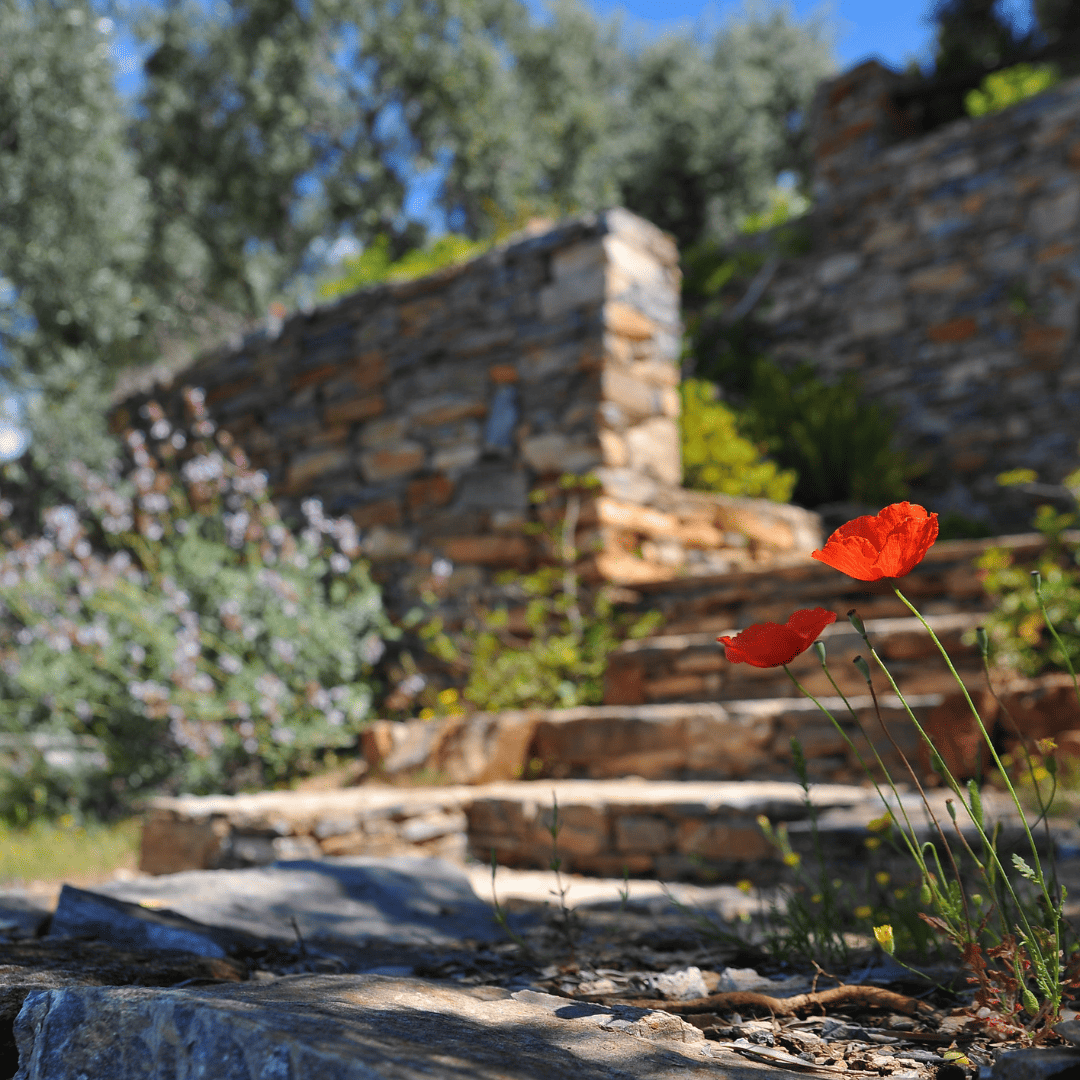
Creating a Poolside Paradise: Must-Have Features for Your Pool Landscape


By Ed Ball | Published on February 01, 2022 | 2 min read

While retaining walls solve practical issues in the landscape, they also add beauty and dimension while defining various spaces in your yard. Retaining walls add dimension and must be strong enough to prevent the ground from shifting out of position. When close to the house, retaining walls protect the integrity of your home’s foundation and ensure solid footing over time.
If your home is on or near a slope, you may consider adding a retaining wall not only to protect your foundation and control water but to create more usable outdoor spaces and flat areas in a terraced manner.
From a design perspective, the possibilities are endless, but if you need to keep erosion at bay, there are a few ways retaining walls can accomplish just that.
Gravity – As the name implies, gravity retaining walls use weight and mass to hold the soil in place. Depending on the height, a trench and reinforcements may be required as a foundation to bricks, pavers or stone. Shorter walls can also serve as seating, especially when located around an entertaining space.
Cantilevered – Also known as a reinforced retaining wall, cantilevered walls use steel bars attached to a slab foundation that goes beneath the soil. The weight of the soil holds everything in place, which makes this style especially effective for areas requiring a robust design.
Sheet Piling – If space is tight, a sheet piling retaining wall employs a thin steel or wood wall driven directly into the soil. This construction works well in soft ground where pilings can easily be installed.
Anchored – As the name suggests, anchors are mechanically driven into the ground and expand much like drywall anchors in your home. This method can be used by itself or in conjunction with any of the aforementioned types.
In addition to controlling shifting soil, retaining walls also can redirect and control water flow and runoff, ensuring water moves away from your home and any outdoor living areas.
Retaining walls also can be purely decorative, adding definition and dimension to outdoor living spaces. Walls can create flower beds, offer extra seating, act as a surface to hold food and drinks or construct a terrace to add privacy. And while the underlying structure may vary depending on the structural requirements, walls can be built from any number of materials – metal, brick or stone – to coordinate with your home’s architecture.
No matter what your needs or goals, an experienced landscape designer can assess your landscape to come up with a plan that not only looks beautiful, but lasts for the life of your home.